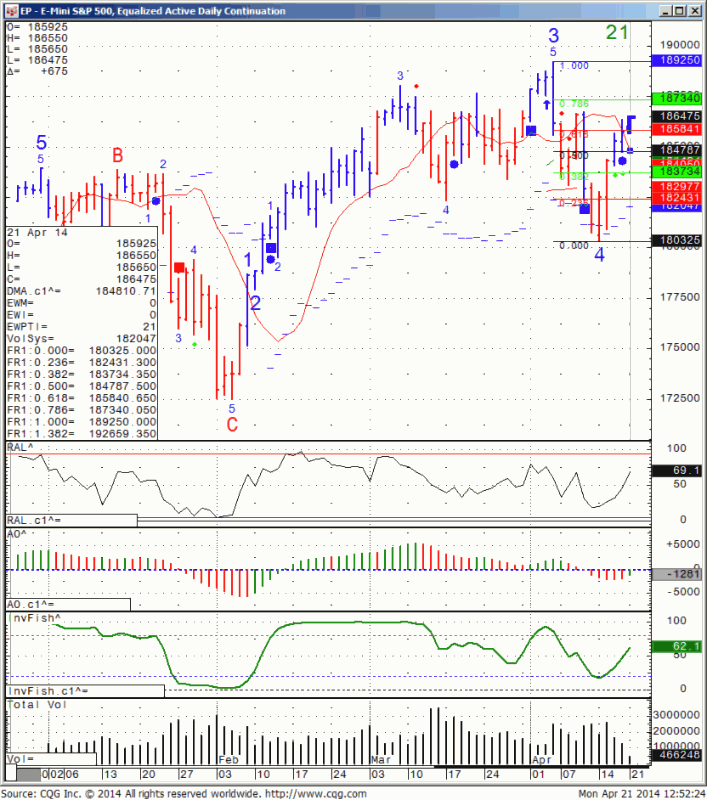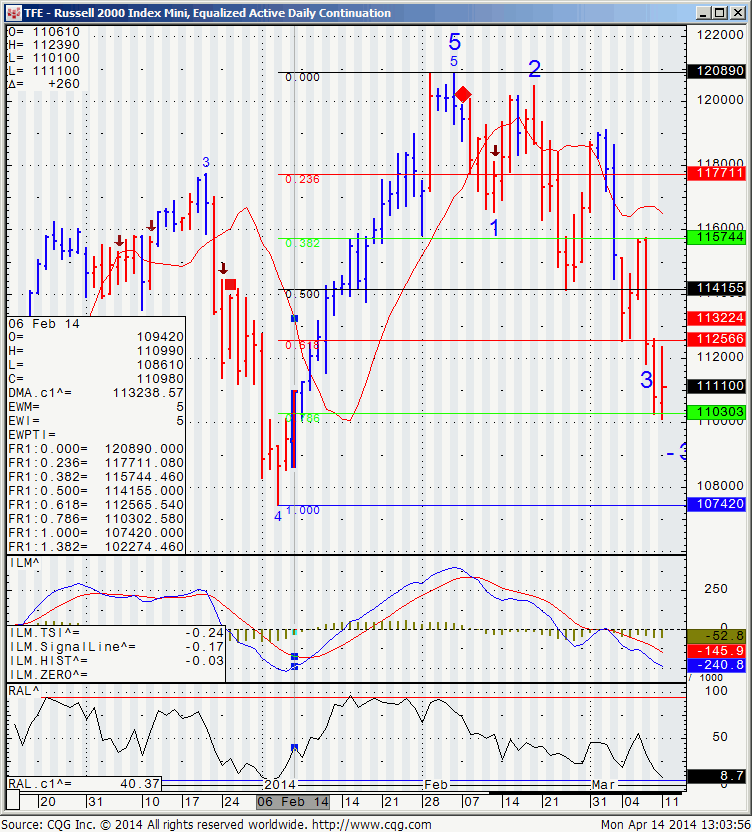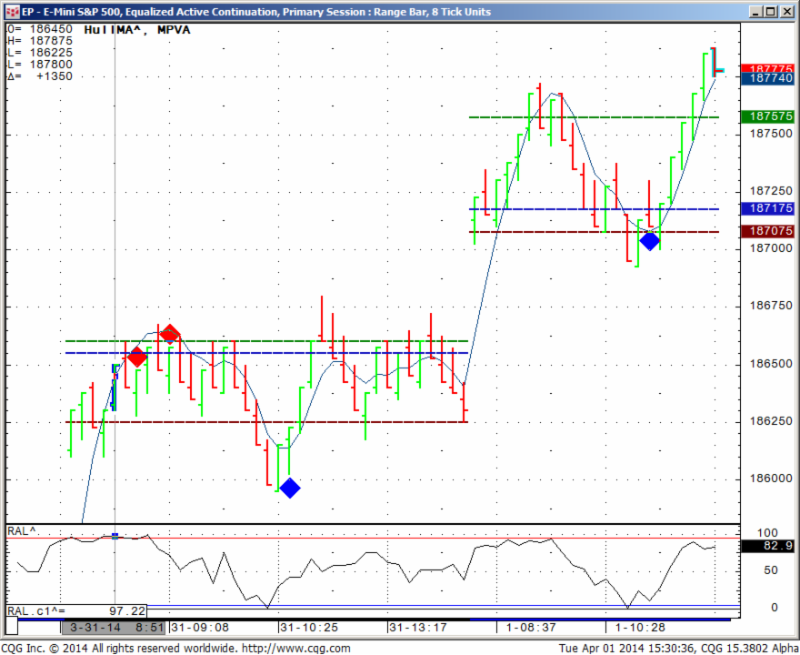Connect with Us! Use Our Futures Trading Levels and Economic Reports RSS Feed.






1. Market Commentary
2. Futures Support and Resistance Levels – S&P, Nasdaq, Dow Jones, Russell 2000, Dollar Index
3. Commodities Support and Resistance Levels – Gold, Euro, Crude Oil, T-Bonds
4. Commodities Support and Resistance Levels – Corn, Wheat, Beans, Silver
5. Futures Economic Reports for Friday April 4, 2014
Hello Traders,
For 2014 I would like to wish all of you discipline and patience in your trading!
Today I must share an observation that may help many of you.
So many times as a broker I see clients who know how to make money… I see it in the daily statements, good winning %, consistent profits UNTIL….something happens. Either the client who is normally a day-trader decides to carry his/hers losing position and make it into a swing trade…..OR the trader is down and refuses to accept the fact it may be a losing day and decides to double down and get more aggressive because if this trade is a winner he will have another winning day….the examples go on and no I am not referring to anyone specific although many of you probably think I am talking about them.
I have done it before as a trader. It is the inability to accept a loss that creates this snow ball.
I am to a psychologist not a professional writer ( English is my second language if you did not tell by now (-:
What I am hoping for is that by writing this I may help the “good voice” inside your head that tells you DON’T double down OR just keep the stop
win over that bad voice that is whispering to you to go ahead and reverse the position and double it when it is clearly not in your game plan…
Trading is tough mentally, financially and emotionally, help yourself be a better trader by being a more disciplined trader.
ON A SIMILAR NOTE:
Monthly unemployment figures come out tomorrow morning. That would be a great time to excessive discipline and control of what is written above…..
Continue reading “Futures Trading Rules & Unemployment Reports 04.04.2014”
![]()
![]()
![]()
![]()
![]()
![]()


